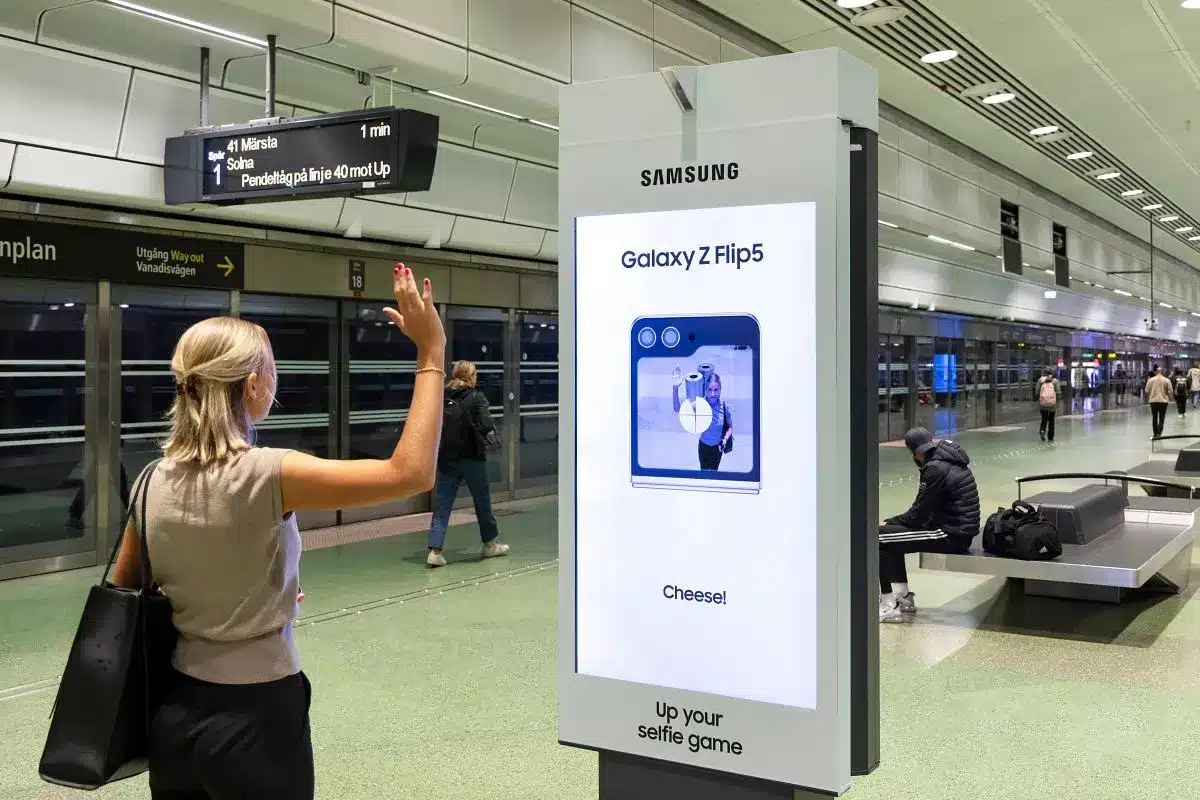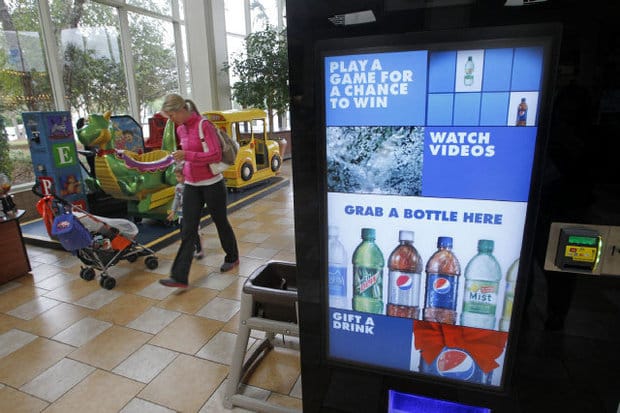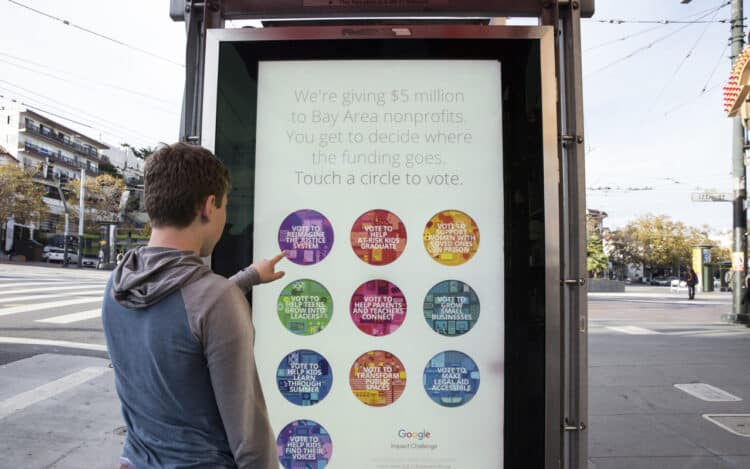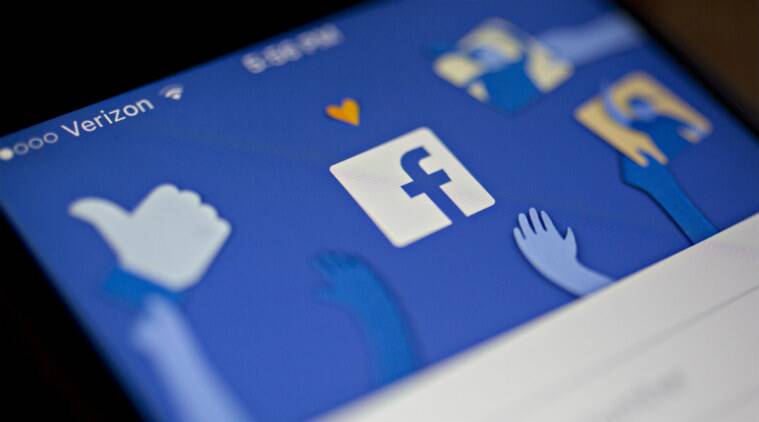In today’s fast-paced digital age, companies must continually find new ways to engage with consumers. One increasingly popular approach is interactive marketing, which allows companies to create two-way communication with their audience. In this article, we’ll explore what interactive marketing is, how it works, and why it’s becoming more popular.
Exploring Interactive Marketing: Definition, Functionality, and Rising Popularity
What is Interactive Marketing?
Interactive marketing is a marketing strategy that involves actively engaging consumers and encouraging them to participate in the marketing experience.

Unlike traditional advertising, which is passive and one-sided, interactive marketing is a two-way communication process that involves the consumer in the marketing message.
How Does Interactive Marketing Work?
Interactive marketing can take many forms, from interactive social media campaigns to virtual reality experiences. Here are some examples of interactive marketing tactics:

1. Quizzes and Surveys – Online quizzes and surveys can be a fun and interactive way for consumers to engage with a brand. By providing feedback, consumers feel like they have a say in the brand’s direction.
2. Gamification – Adding game elements to a marketing campaign can create a fun and interactive experience for the consumer. Brands can use games to increase engagement, reward loyalty, and even collect consumer data.
3. Augmented Reality – Augmented reality experiences allow consumers to interact with products and services in a new and exciting way. For example, a furniture store could use augmented reality to show customers what a piece of furniture would look like in their home.
Why is Interactive Marketing Becoming More Popular?
Interactive marketing is becoming more popular for several reasons:

1. Consumer Expectations – Consumers are becoming increasingly savvy and demanding more engaging experiences from brands. Interactive marketing allows companies to meet these expectations and stand out from the competition.
2. Technology Advancements – Advancements in technology, such as augmented reality and virtual reality, are making it easier for brands to create interactive marketing experiences.
3. Data Collection – Interactive marketing tactics, such as quizzes and surveys, allow companies to collect valuable data about their consumers. This data can be used to create more personalized and effective marketing campaigns.
Best Interactive Marketing Examples-
1. Virtual Reality – Coca-Cola’s Santa Sleigh Ride
During Christmas in 2015, Coca-Cola launched a campaign called ‘Santa’s Virtual Reality Sleigh Ride’ in Poland. They utilized Oculus Rift technology to provide people with a virtual reality experience where they could become Santa Claus.
This innovative marketing strategy helped Coca-Cola stand out from its competitors and proved that soft drinks are not just for summer.
2. Interactive Music Experience – Clash Up by Eko
Clash Up by Eko is an interactive music experience that combines music streaming with interactive storytelling. Users can remix their favorite songs, engage with a thrilling storyline, and share their creations on social media.
This innovative platform showcases how interactive marketing can create a unique and engaging experience for consumers.
3. User-generated Content – Brafton Article
User-generated content is a prime example of interactive marketing, where brands invite users to share their content. This strategy is effective on social media and often includes a hashtag, allowing the brand to highlight its target audience and showcase its customers and prospects. To increase the reach of social media content, some brands opt to purchase Instagram followers for greater visibility.
An excellent example of user-generated content can be seen in the way Jimmy Fallon engages with his audience. During his show, he reads viewers’ social media posts related to a specific hashtag prompt, showcasing their content and encouraging further engagement.
4. Virtual Event – NBA’s Restart During Lockdown
The NBA’s Restart During Lockdown was a successful virtual event in 2020. The league resumed play in a “bubble” at Disney World, and fans could watch games remotely through virtual watch parties, social media, and live streams.
The event featured new virtual fan experiences like the “Michelob ULTRA Courtside” seats and showcased the power of technology to connect people and provide unique experiences during challenging times.
5. Virtual Event – NBA’s Restart During Lockdown
QR codes are a straightforward and efficient method for interactive marketing, and L’Oréal successfully implemented this strategy with their Mobile Taxi Shops campaign.
They added QR codes to the interior of taxi cabs in major cities, and consumers who scanned the code with their smartphones were directed to a page where they could download an eCommerce shopping app. The campaign generated impressive results, leading to its expansion into other high-traffic areas.
Wrap Up
In conclusion, interactive marketing is a powerful tool for brands looking to engage with their audience in a meaningful way. By creating two-way communication and providing interactive experiences, brands can build stronger relationships with consumers and stand out from the competition.
As technology continues to advance and consumer expectations evolve, interactive marketing is sure to become even more popular in the years to come.
Also Read: 15 Awesome Outdoor Ads That Deserve An Award















